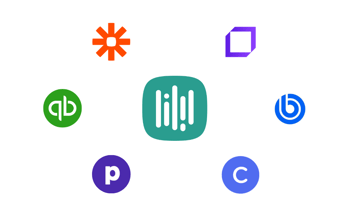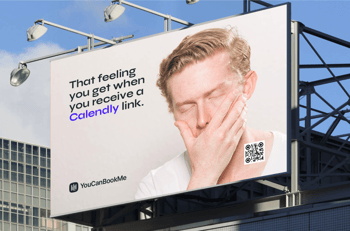Finding top-notch leads with a genuine intent of purchasing your product isn’t easy, whether you try outbound or inbound lead generation.
Sometimes, your strategy can be faulty.
In the case of inbound lead generation, your content might not be relevant enough or attractive enough for potential customers. Another possibility is that maybe prospects can’t find that content on their own quickly, so they can gently glide down your well-thought-out sales funnel.
In the case of outbound lead generation, maybe you’re focusing on the wrong strategy, such as outdoor ads, when in fact, influencers would resonate better with your audience. Or perhaps they would prefer emails.
These problems appear because you don’t fully understand your target audience and environment. This lack of understanding leads to poor choices regarding content and channels.
Let’s assume your sales team is savvier than that, though.
If you’re still not generating enough sales leads, in this case, you may be dealing with one of these two issues:
- Low-quality leads don’t convert or cost too much for your company. The solution isn’t increasing your pool of potential customers; it’s building a new user persona and finding a new pool to fish in.
- Too many leads. Drowning in leads isn’t fantastic either because it entails wasting resources. Sometimes that means losing too much time on unqualified leads and missing those with higher conversion chances.
Getting more potential customers that convert boils down to addressing the right audience with the right messages. Here’s how to do that:
1. Keyword research
51% of people search for the products they want to purchase on Google. That means you have to leverage Google’s algorithm and avoid being penalized for keyword stuffing.
Here’s where SEO and keyword research come in.
It would be condescending to talk to you about the basics of meta descriptions, alt texts, etc. Of course, you know you should be doing them.
Instead, let’s point out the single most crucial element of keyword research:
Writing content that attracts, motivates, and moves your audience. If you strive to stay relevant for your potential prospects, you will start thinking like them. As a result, you will intuit which keywords they’ll use to find you.
Intuition is the safest autopilot in our brains because it’s based on interiorized knowledge.
Of course, you can still use specific tools to find keywords, rank them, avoid cannibalization, and so forth. But using your insights about your customers helps you make the proper selection when writing compelling content.
2. Lead nurturing strategy
Automating tasks around lead nurturing saves you a lot of time and resources that you can reinvest in better content, for instance. Luckily, the market is literally teeming with software solutions that allow you to:
- Customize your email list by picking the best prospects.
- Contact these people automatically.
- Schedule emails, social media posts, and other events.
- Generate reports and measurements to adjust your strategy.
- Find ways of keeping potential customers engaged.
- Let your prospects easily book a time to meet with you.
If you have a smaller company or a reduced budget, you may be tempted to neglect lead nurturing because it takes a lot of effort to keep in touch with people. However, research shows that prospects need 5-7 recurring contacts to buy your products.
It takes even more contacts to purchase expensive products and create long-term loyalty.
By contrast, most marketers will only check in with their leads once or twice before giving up. So remember: a sales-generating lead is a nurtured lead.
One way to build a relationship with your leads is by letting them easily book a discovery call or product demo with your sales team. By using an online scheduling tool such as YouCanBook.me, leads can book a time to meet in seconds. They also get automated confirmations, reminders, and follow-ups to keep the conversation going without taking up too much of your sales team’s valuable time.











e1f6.jpg)
